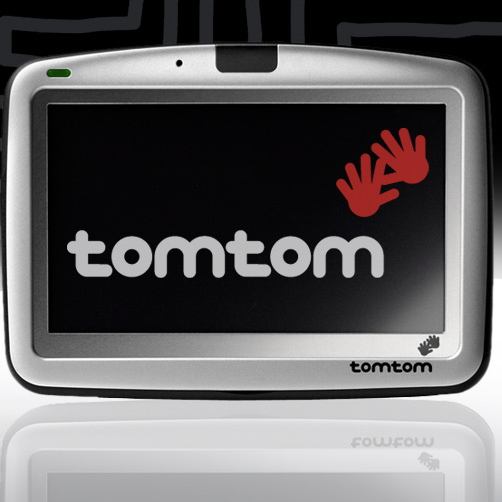Travel News
Travel Gadget Spotlight: High and Low-Tech Travel
 A couple of weeks ago, the Today show’s Gear and Technology Editor Paul Hochman called into Peter’s radio show while in New Zealand.
A couple of weeks ago, the Today show’s Gear and Technology Editor Paul Hochman called into Peter’s radio show while in New Zealand.
He and Peter chatted about some of the hot new travel gadgets on the market today.
Now we sit down with “the gadget guy” to learn more about these products that he tested out on the road.
BlackBerry 8820
The difference between this BlackBerry and its predecessors is that it’s wireless. “The normal mode for a Blackberry is the cell phone signal,” explains Hochman, “so even when you’re browsing the Web, you’re using a cell phone signal.” There are times when you’re in a place, like the South Island of New Zealand, and the cell phone signal may be nonexistent.
“But in a hotel or coffee shop with a wireless hotspot, you’re connecting as if you’re on a computer. That’s at least four or five times faster than using a cell phone signal.” The other important feature on this is that it’s got a GPS feature—just like the one you’d put on your dashboard. With a list price of $500, this may be a steep investment, but as a piece of technology, it’s certainly a step in the right direction.
www.blackberry8800series.com/blackberry8820
TomTom GO 720
 Speaking of GPS, “TomTom saved our keisters,” said Hochman.
Speaking of GPS, “TomTom saved our keisters,” said Hochman.
He and his wife traipsed around the South Island with the TomTom GO 720 firmly attached to their dashboard. This is a relatively new system that is “absolutely, unbelievably nice.”
The GPS device has a touch screen that’s more than four inches across; unlike previous incarnations, it works straight out of the box (no calibration required), using a mini SD card that adapts the device to different locations—so even the most remote, rural roads in New Zealand were mapped out. The device also comes with built-in Bluetooth, which enables you to make hands-free cell phone calls. “It’s sleeker and more stylish looking than others and it works magnificently,” says Hochman.
And, like most couples discover, not having to ask for directions can save a marriage: “By total chance we ended up on the north side of Auckland around 5 p.m. with horrible rush hour traffic. We need to get to Half Moon Bay. It was 5:10 and the last ferry of the day was 6 p.m. We plugged in the coordinates as best we could, we made it with 30 seconds to spare. There’s no way we could have made it not knowing the city, on the wrong side of the road.”
But one of the best features that Hochman noticed? “It’s got a pre-tensioned suction cup instead of having to wet it to make it stick to the dashboard … it’s nice not having to spit on your GPS device.”
$499.95, www.tomtom.com
Wanaka Homestead Lodge & Cottages
Not exactly a gadget, but certainly worth a mention for technophiles. You can’t travel anywhere without running into a “green hotel,” but in this case, the hotel’s claims to be environmentally responsible are true. Wanaka (pronounced WAN-aka) Homestead in New Zealand’s South Island is entirely powered by solar energy.
Built in 2003, the property “looks like it’s been there for a very long time. It looks like a pleasant, rustic, clean, facility which is completely disconnected from the world. But in reality, they went all out: Not only is it all wireless, but close to 100 percent of its heating and electricity is solar powered.”
The lodge hosts eight solar panels that are tucked away in the back of the three buildings. “Radiators are inefficient,” says Hochman. “If you have a radiator, you have to heat the water to about 120 to get the radiator to 95 degrees to keep the air at 72 degrees. All that energy is lost. With in-floor radiant heat, the heat is coming up beneath you.”
So not only does the lodge save energy by using the sun, but also it lower the temperature at which you have to heat the room. Room rates start at $155 USD, www.wanakahomestead.co.nz
Merino Wool: Where High Tech Meets Low
“For travel, merino wool is unbelievably helpful,” says Hochman. This type of wool is a “big deal” in New Zealand (where it’s often mixed with possum fur to make it even softer), and word is just starting to spread about this textile’s miraculous properties.
“The wool next to your skin is by far better than any other wool, fleece or Gortex. It’s the most hydrophobic, which means that it transfers moisture away from your body. It’s the world’s finest wool, and it’s incredibly soft.”
And best of all . . . your merino-clad feet won’t get stinky. Excellent for an adventure abroad!
Learn more about recent Peter Greenberg Worldwide Radio guests…
Or are you a gadget person? Then you’ll want to explore what’s in our Travel Gadgets section.












